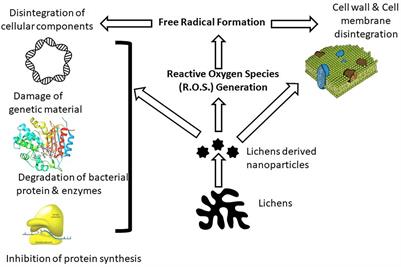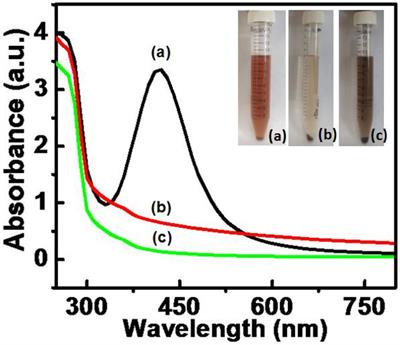EDITORIAL
Published on 28 Oct 2021
Editorial: Nanomicrobiology: Emerging Trends in Microbial Synthesis of Nanomaterials and Their Applications
doi 10.3389/fmicb.2021.751693
- 1,679 views
- 3 citations
26k
Total downloads
138k
Total views and downloads
You will be redirected to our submission process.
EDITORIAL
Published on 28 Oct 2021
MINI REVIEW
Published on 26 Aug 2021

ORIGINAL RESEARCH
Published on 16 Aug 2021

REVIEW
Published on 04 Jun 2021

MINI REVIEW
Published on 05 May 2021

REVIEW
Published on 16 Mar 2021

MINI REVIEW
Published on 12 Mar 2021

REVIEW
Published on 25 Feb 2021

ORIGINAL RESEARCH
Published on 01 Feb 2021

MINI REVIEW
Published on 02 Nov 2020

